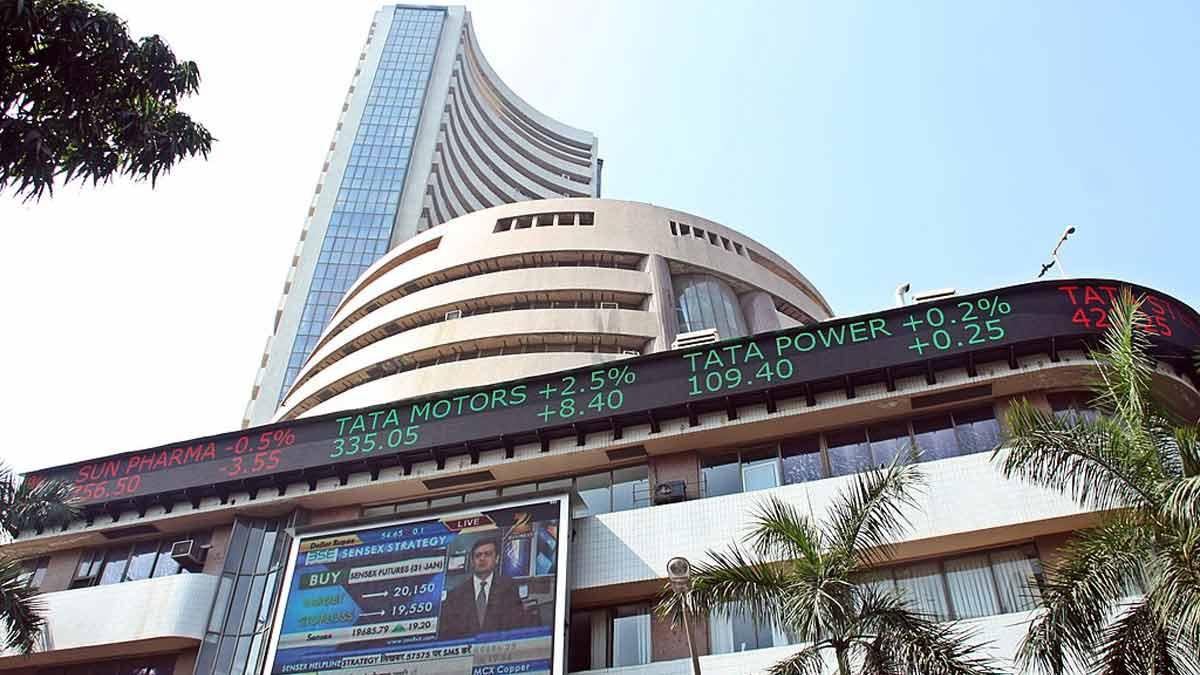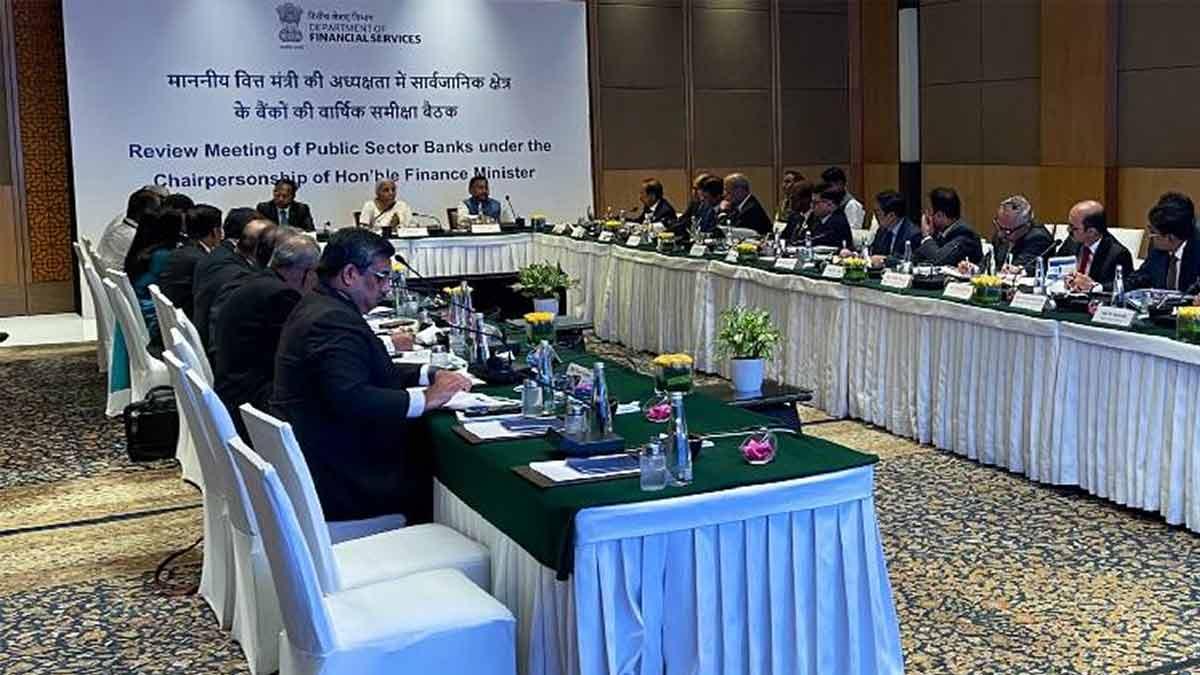The Indian economy has been resilient despite sustained global geopolitical tensions, the Finance Ministry's Monthly Economic Review for May 2025 says.
Domestic economic activity is expected to have accelerated in the first two months of FY26, supported by high-frequency indicators, hence encouraging a generally favorable outlook.
Early high-frequency indicators (HFIs) signal persistent resilience in economic activity," the report added, mentioning e-way bill generation, fuel consumption, and purchasing managers' indices (PMI) as important indicators of ongoing expansion.
Even amidst a turbulent world, India's economic foundations continue to be firm with strong domestic demand, falling inflation, a steady employment situation, and a stable external sector.
Rural demand has been especially resilient, supported by a healthy rabi crop and a favorable monsoon prediction. In the urban sector, greater volumes of leisure and business travel have driven air passenger volumes and hotel occupancy levels higher, pointing towards sustained consumer confidence.
Concurrently, the report admitted a softening in certain sectors such as construction inputs and auto sales. Retail and food inflation, though, experienced an extended slowdown in May 2025 with the help of good agricultural harvests and the government's policy interventions.
Financial markets experienced heightened volatility in the first half of the year as a result of escalating global trade tensions, but partial easing in the second quarter mitigated investor apprehensions. In spite of this, Indian bond markets firmed up in May as optimism was driven by a record high surplus dividend by the Reserve Bank of India (RBI) and a positive Q4 FY25 GDP reading. Consequently, India's sovereign bond risk premium declined to 182 basis points at the end of May.
India's export performance was also robust in the face of a difficult international trade backdrop. Overall exports, both goods and services, grew by 2.8% year-on-year during May 2025—a welcome development during continued tariff uncertainty.
The foreign exchange reserves of the country remained healthy at $699 billion as of June 13, providing an import cover of 11.5 months. The Indian rupee, on the other hand, had only modest volatility, particularly compared to more pronounced moves observed in other large economies.
On the jobs front, the report indicated encouraging trends. Recruitment in main white-collar industries like artificial intelligence, insurance, real estate, BPO/ITES, and hospitality has gained pace. "The employment sub-indices of the PMI signal strong job growth, with the employment sub-indices at a high," the Review stated. Moreover, net hiring under the Employee Provident Fund Organisation reflects a firm increase in formal sector job creation.
Looking back at FY25, the Finance Ministry highlighted the resilience and robustness of domestic growth drivers. Private consumption and a robust services sector were cited as the main drivers of economic growth.
That upbeat pace seems to have rolled over into the early part of FY26. "The favorable trend seems to be continuing in FY26, with early high-frequency indicators (HFI) suggesting that economic activity has remained resilient," the report reiterated.
Read also| Report: U.S. Strikes on Iran Left Nuclear Sites Intact
Read also| Morgan Stanley Projects Positive Momentum for Indian Stock Markets in Q3 FY26


















